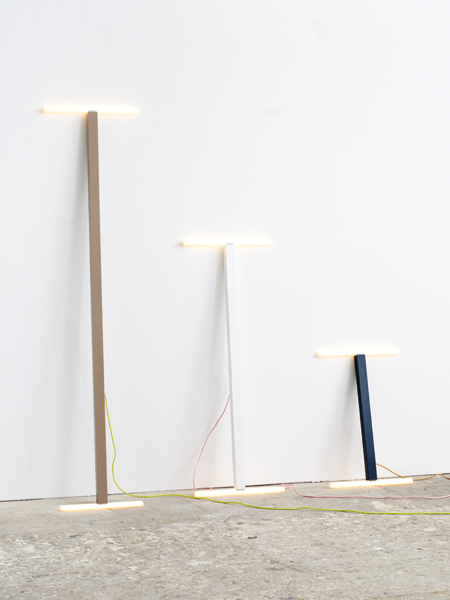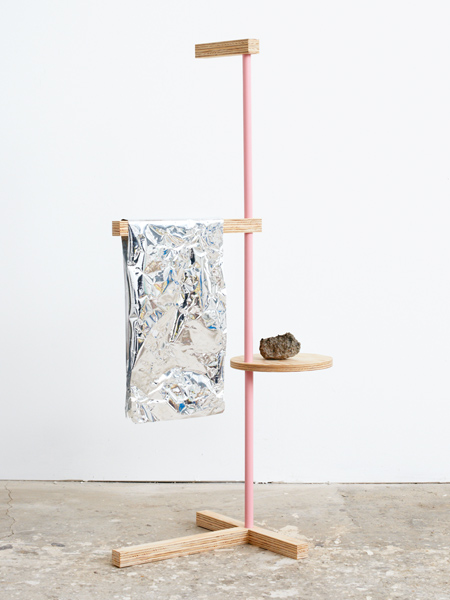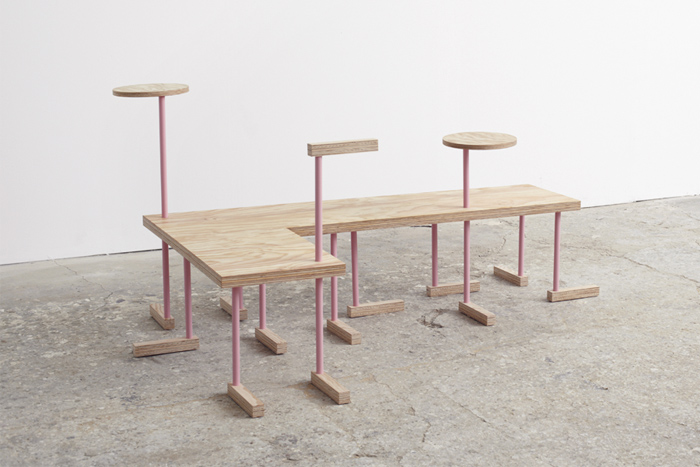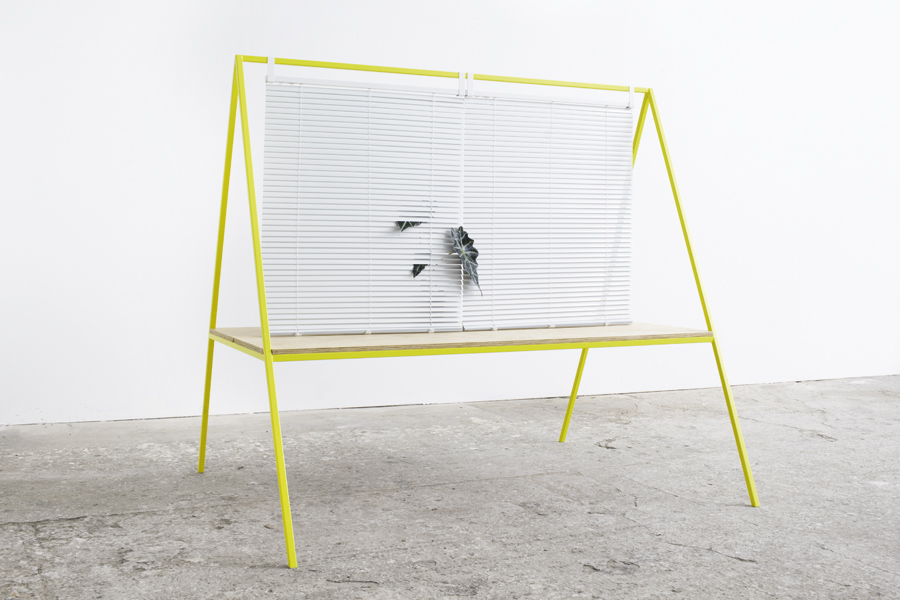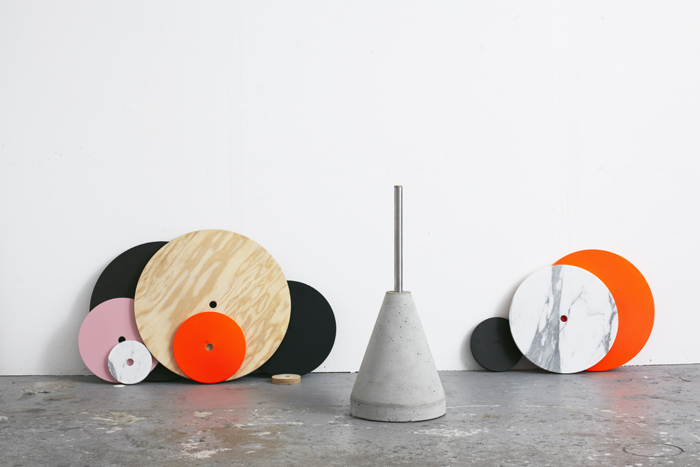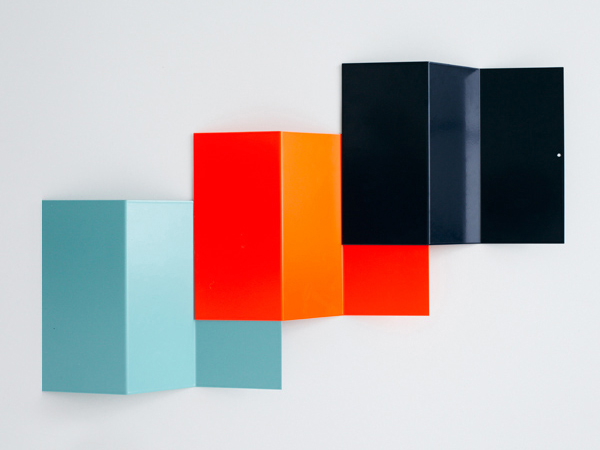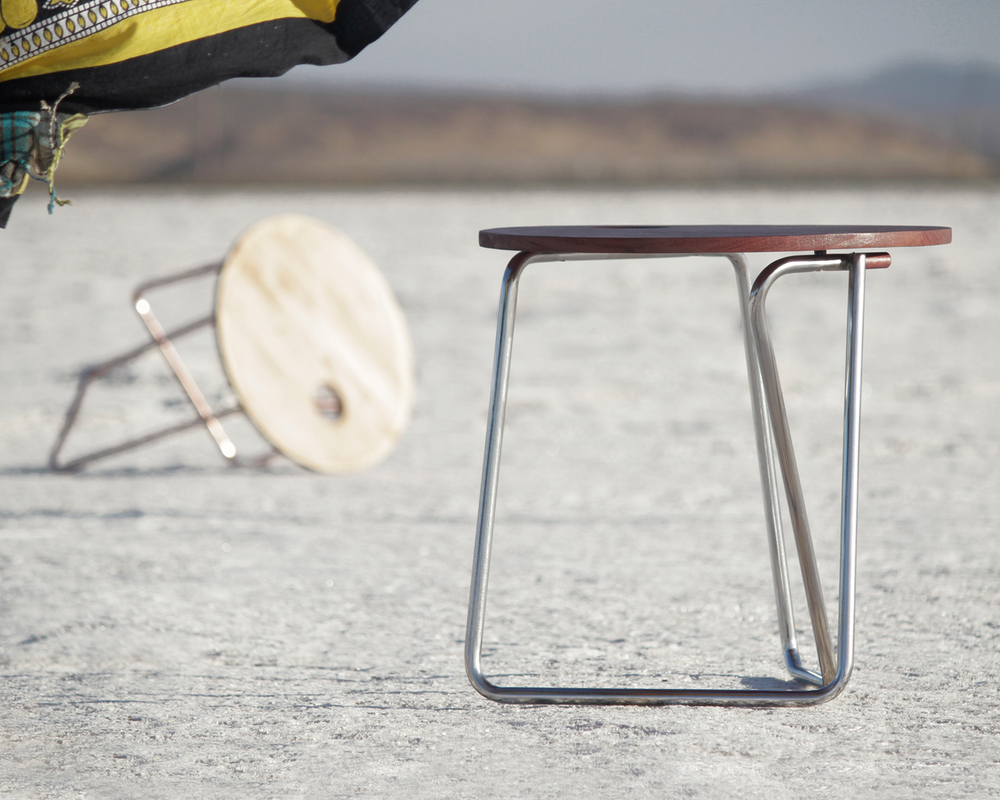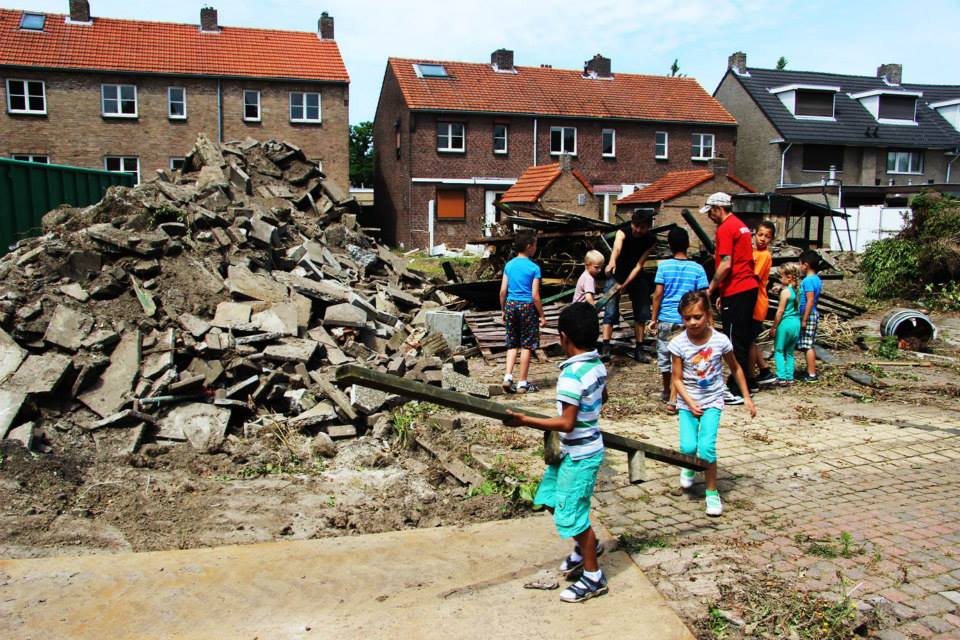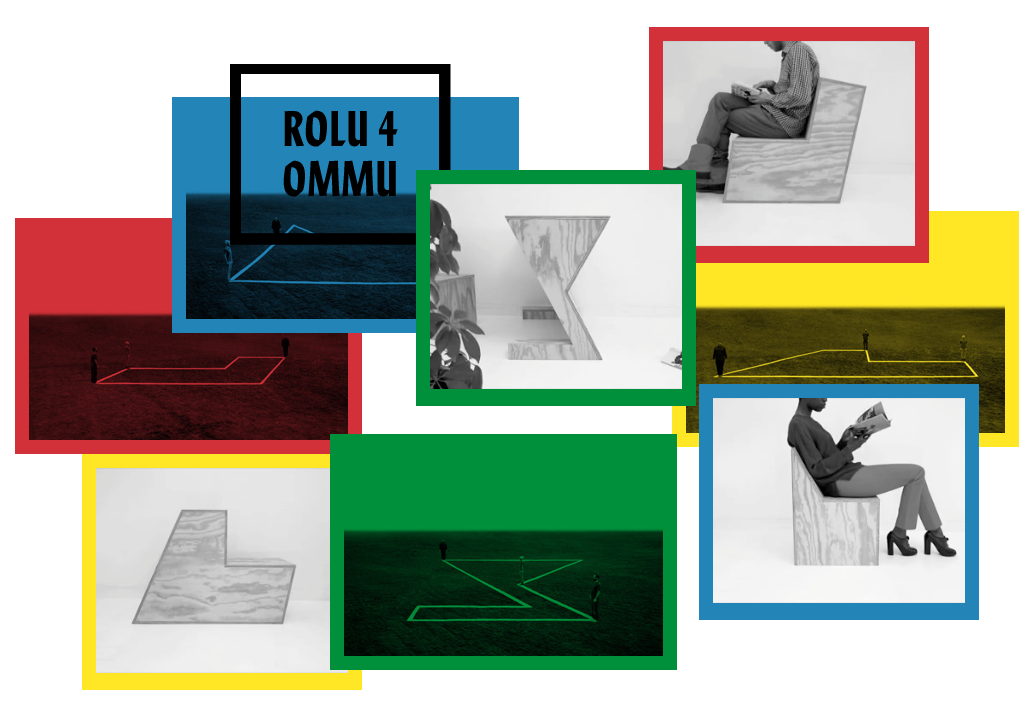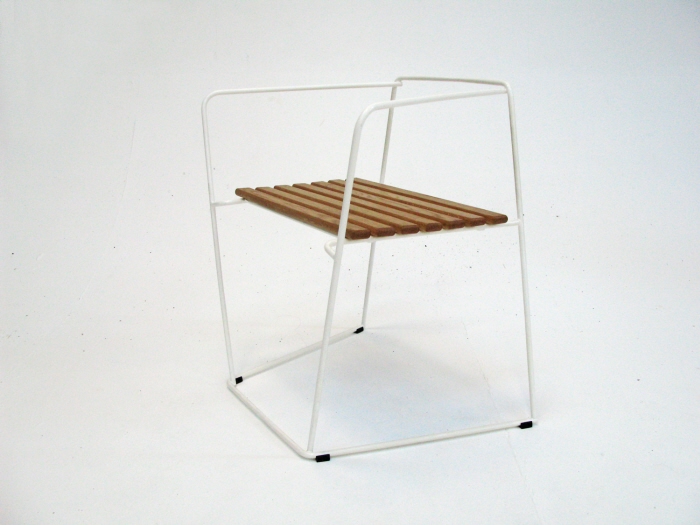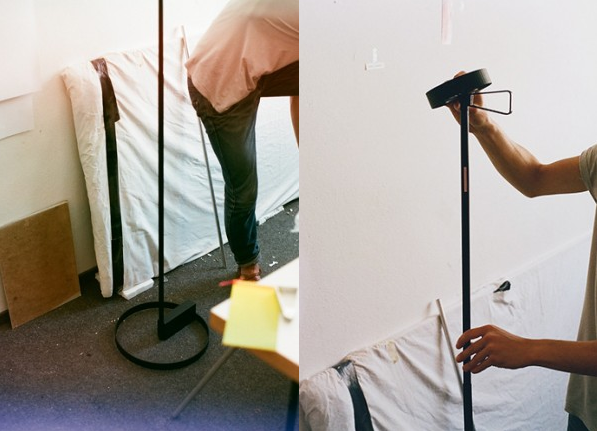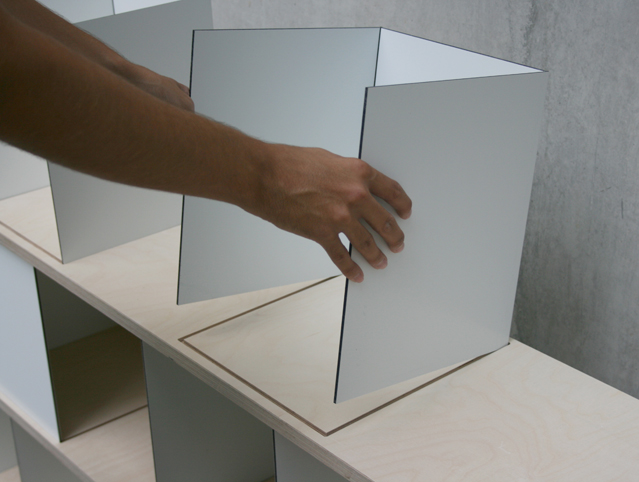Critical Objects
”Critical Objects” is a series of items that balance on the border between functional furniture and sculptural form without taking a definite position within either concept. In this self initiated project, graphic design studio HelloMe explores the curious nature of everday objects.
From the preface of the catalogue:
”Till Wiedeck has created objects that are only allegedly functional. His Critical Objects are furniture made out of tubular steel, wood, concrete and luxurious Calacatta marble. With their clear, almost constructivist design, their static structure is exposed. But ultimately they are distorted, their function is deferred and contorted. Till Wiedeck’s objects undermine the iconography of design. What had firmly established itself in our visual understanding of a certain type of object is suddenly reduced to absurdity, reversed, warped, travestied, de- and overfuctionalised. (…) The redundancy of statics, playful use of color and material and aesthetic distortion of his Critical Objects render them sculptures. His peculiar objects clear the way for an aesthetic joy that is to be found in the ungrounded, in the artistic.”
— Sophie Jung
The underlying concept of ”Critical Objects” is based on the thought that reactions to a matter are not simply derived from the perception of the object itself but attached to said object is an emotional reaction. The immediate action and reaction to a form can be restricted by the conventional ingrained response — you see something with four legs and a surface, your mind tells you it is a table, because you learned it is a table. ”Critical Objects” challenges the perception of the initial disposition to the object by altering the context of the subject.
”Critical Objects” is the result of an experiment without any predetermined goal. Through the re-interpretation of everyday objects and the rearrangement of their functional properties, the fundamental nature of the form is changed. Their function is reduced, amplified, or even annihilated. Hereby a new perspective of their altered potentials is achieved. The real challenge, however, lies with the recipient – the challenge of one’s very own perception of things.
